Picking up mature kratom trees from a customer
Rooted P. Viridis Cuttings For sale
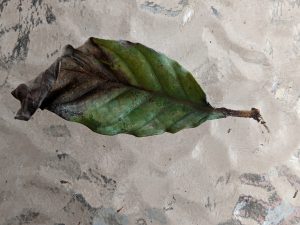
Rooted P. Viridis Cuttings For sale
Rooted P. Viridis Cuttings For sale
Banisteriopsis caapi is a South American hallucinogenic vine in the Malpighiaceae plant family, and is well recognised as a main ingredient of the famous sacred drink called ‘ayahuasca’ along with the plant Psychotria viridis[92,93]. The brew has been traditionally used by ethnic groups for ritual, medicinal and recreational purposes [94,95]. Over the last decade, the use of ayahuasca has spread outside of South America to some religious groups in the USA and European countries as a NPS material [96]. The beverage is usually prepared by boiling or soaking two or more potent psychotropic plants that are native to the Amazon. The most commonly used plants are the stems of the vine B. caapi together with an adjuvant plant for instance the leaves of certain Rubiaceae species such as P. viridis, or Diplopterys cabrerana (Malpighiaceae; syn. Banisteriopsis rusbyana) as well as plants in the Solanaceae family such as Nicotiana sp., Datura sp. and even Capsicum sp [92,97,98]. The major components reported in B. caapi are β-carboline alkaloid derivatives (0.05–1.95% of dry weight), which mainly include harmine, harmaline and tetrahydroharmine (Fig. 14.11) [92].
Tryptamines
Tryptamines are natural compounds or designer drugs that originate from the decarboxylation of tryptophan (Araujo, Carvalho, Bastos Mde, Guedes de Pinho, & Carvalho, 2015; Tittarelli, Mannocchi, Pantan, & Romolo, 2015). Plants like Banisteriopsis caapi and Psychotria viridis are the source of tetrahydroharmine (THH) and N,N-dimethyltryptamine (DMT), respectively, which are often ingested together to increase their effects; fungi like Psilocybe cubensis mushrooms contain psilocybin (4-phosphoryloxy-N,N-dimethyltryptamine) and psilocin (4-hydroxy-N,N-dimethyltryptamine); animals like Bufo alvariusprovide bufotenine, 5-hydroxy-N,N-dimethyltryptamine (5-OH-DMT), and 5-methoxy-N,N-dimethyltryptamine (5-MeO-DMT) (Araujo et al., 2015; Tittarelli et al., 2015). Synthetic tryptamines are derived from modifications of natural tryptamines. LSD, for example, is obtained by the modification of lysergic acid amine (LSA), an analog present in the seeds of Argyreia nervosa and Ipomoea violacea (Araujo et al., 2015). Recently, abused novel tryptamines are alpha-methyltryptamine (AMT), 5-methoxy-α-methyltryptamine (5-MeO-AMT), 5-methoxy-N,N-diisopropyltryptamine (5-MeO-DIPT), known with the streets name of “foxy” or “foxy methoxy,” 5-methoxy-N,N-diallyltryptamine (5-MeODALT), and N,N-diallyltryptamine (DALT) (Araujo et al., 2015; Schifano et al., 2015).Rooted P. Viridis Cuttings For sale
Origin and Classification
Bufotenine was first isolated 1934 by Handovsky, and then synthesized in 1935 by Hoshino (Araujo et al., 2015; Hoshino & Shimodaira, 1935). LSD was synthesized in 1938 by Hofmann, while AMT was commercialized in 1960 as an antidepressant drug with the brand name of Indopan (Araujo et al., 2015). Tryptamines can be divided essentially into (1) simple tryptamines, (2) tryptamines presenting modification on the indole ring in position 4, and (3) tryptamines with modification in position 5. Other conformations reduce the hallucinogenic properties of tryptamines (Tittarelli et al., 2015).Rooted P. Viridis Cuttings For sale
Chemical Structures and Pharmacology
All tryptamines share the basic structure of the amino acid tryptophan, that is, two indole rings with an aminoethyl group at position 3. Tryptamines are derived by its decarboxylation, followed by one of the following steps: (1) an addition of α-alkyl substituent (AMT); (2) a modification on nitrogen atom of the side chain (DALT and DIPT); (3) a modification in position 4 (4-OH-DALT); or (4) in position 5 (5-MeO-DIPT) (Araujo et al., 2015). The indole nucleus is responsible for the hallucinogenic properties, while the hydroxyl and methoxy groups in positions 4 and 5 enhance drug potency (Araujo et al., 2015).
Contrary to other hallucinogenic compounds, many tryptamines display higher affinity than serotonin for other monoamines. Affinity for the serotonin 5-HT2A subtype receptor shown by tryptamines is very low as compared to phenethylamines, with the exception of LSD that displays the highest affinity for the 5-HT2Areceptors (Fantegrossi, Murnane, & Reissig, 2008). AMT plays a role in the release and reuptake of dopamine (Tittarelli et al., 2015), while DMT is an agonist of the serotonin 5-HT2A and 5-HT2C, receptors and shows affinity also for α1 and α2-adrenergic receptors, dopamine D1, and sigma-1 receptors (Tittarelli et al., 2015). DPT acts as a strong serotonin receptors reuptake inhibitor and partial agonist to the 5HT1A receptors, while DiPT shows affinity to 5HT2A and acts as partial agonist to 5HT1A receptors (Tittarelli et al., 2015). 5-MeO-AMT is an agonist of 5-HT2A and 5-HT1A receptors and inhibits monoamine reuptake (Tittarelli et al., 2015). 5-MeO-DMT has high affinity for the serotonin 5-HT1A receptor, while 5-MeO-DiPT inhibits serotonin reuptake (Tittarelli et al., 2015).Rooted P. Viridis Cuttings For sale
Route of Administration, Users, and Reasons to Use
Tryptamines are sold as tablets or powder and consumed through different routes of administration (Araujo et al., 2015; Corkery, Durkin, Elliott, Schifano, & Ghodse, 2012). In particular, the Psilocybe mushrooms are eaten raw or infused in tea to extract the active principles, while other tryptamines are insufflated (snorting or sniffing), inhaled, injected intravenously, ingested in capsules or wrapped in a cigarette paper, or administered rectally (Araujo et al., 2015; Corkery et al., 2012). Generally, tryptamine users are young males; 5-MeO-DIPT is frequently abused by homosexuals (Araujo et al., 2015). Main reasons to use tryptamines include the curiosity to try a different hallucinogen, its easy accessibility due to legal status, the low cost, and the fact that they are not detectable with routine screening drug tests (Araujo et al., 2015; Winstock, Kaar, & Borschmann, 2014).
Toxic Effects
More common effects after use of tryptamines are hallucinogenic effects accompanied by euphoria,increased body energy, difficulty in walking due to loss of limbs control, and “out of body” experiences (Corkery et al., 2012; Nelson et al., 2014). At high doses vasoconstriction, enhanced blood pressure, rapid heartbeat, headache, sweating, bruxism, dilated pupils, and paranoia (i.e., bad trip) may occur along with anxiety, nausea, strong desire to eat, increased alertness, and agitation (Araujo et al., 2015; Corkery et al., 2012). Fatal intoxications have been reported after use of AMT, 5-MeO-AMT, and 5-MeO-DIPT due to cardiac failure or as a consequence of the hallucinatory effects (Corkery et al., 2012).Rooted P. Viridis Cuttings For sale
Legislation Status
Psilocybin, psilocin, and psilocybin mushrooms are Schedule I substances in the United States. LSD was scheduled in 1970, while AMT and 5-MeO-DIPT are Schedule I substances since 2005. 5-MeO-DALT is regulated in few countries (e.g., Bulgaria, Finland, and Romania), and in Japan it is classified as “designated substance” by the Pharmaceutical Affairs Law, which makes this drug illegal to possess or sell (Araujo et al., 2015; Corkery et al., 2012Rooted P. Viridis Cuttings For sale

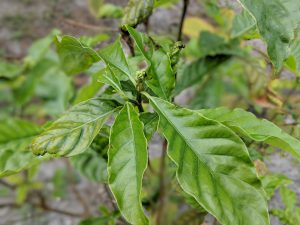

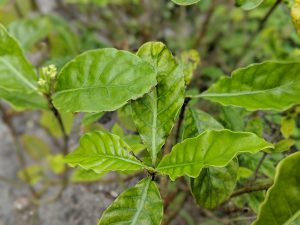
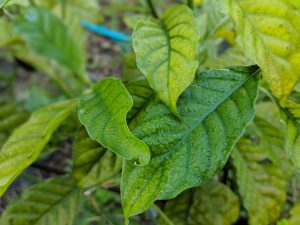
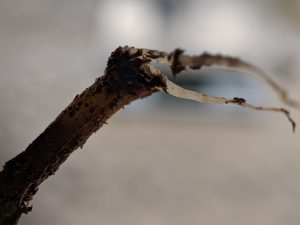
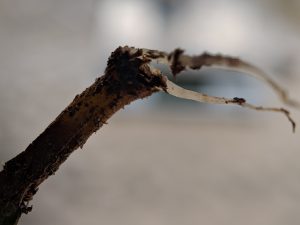
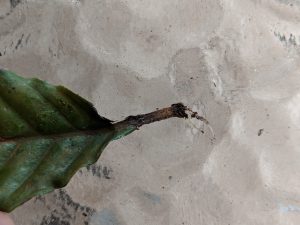
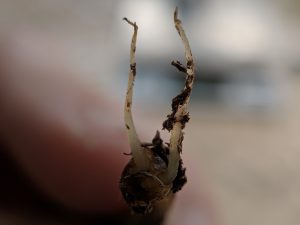
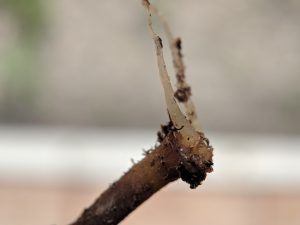
Recent Comments